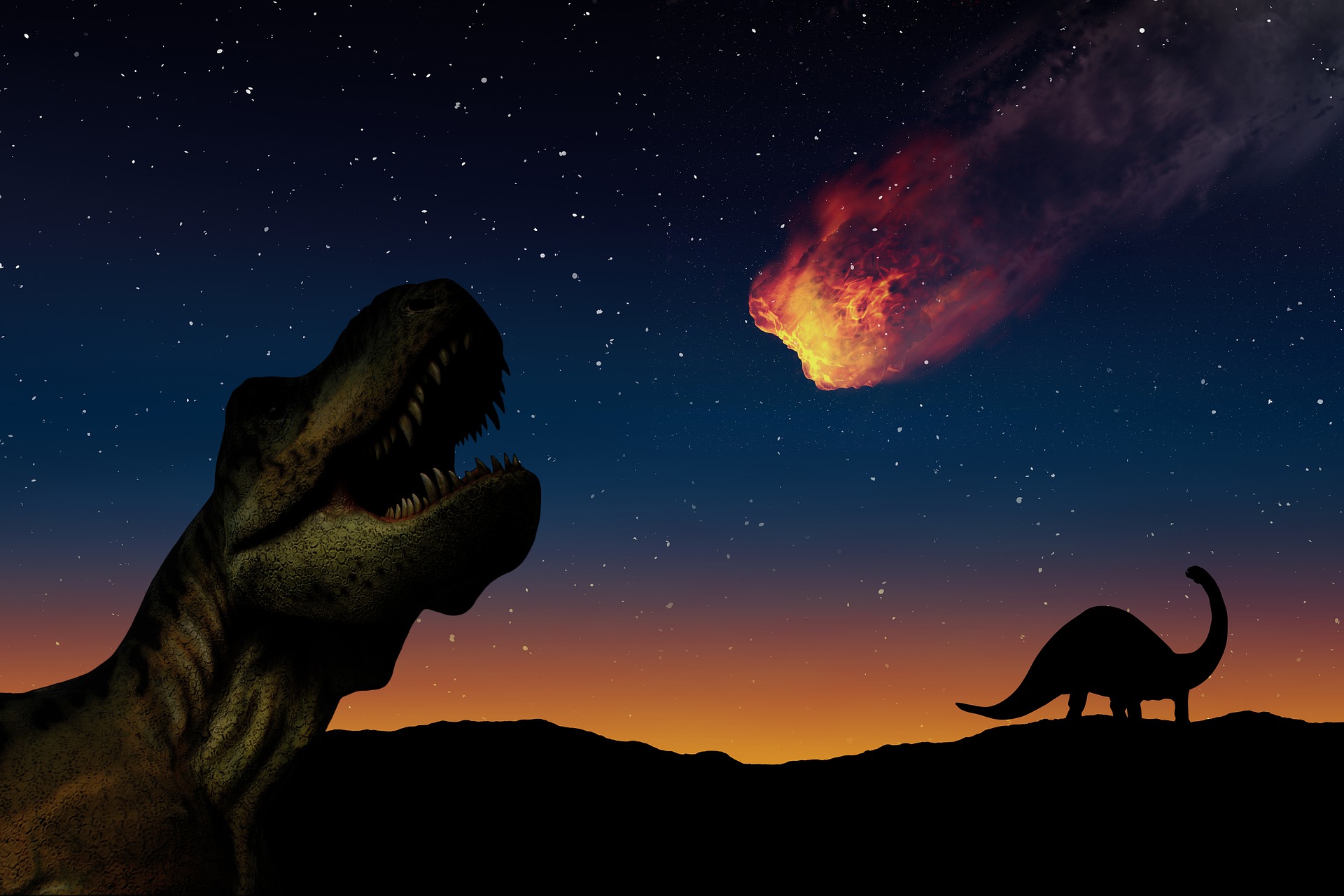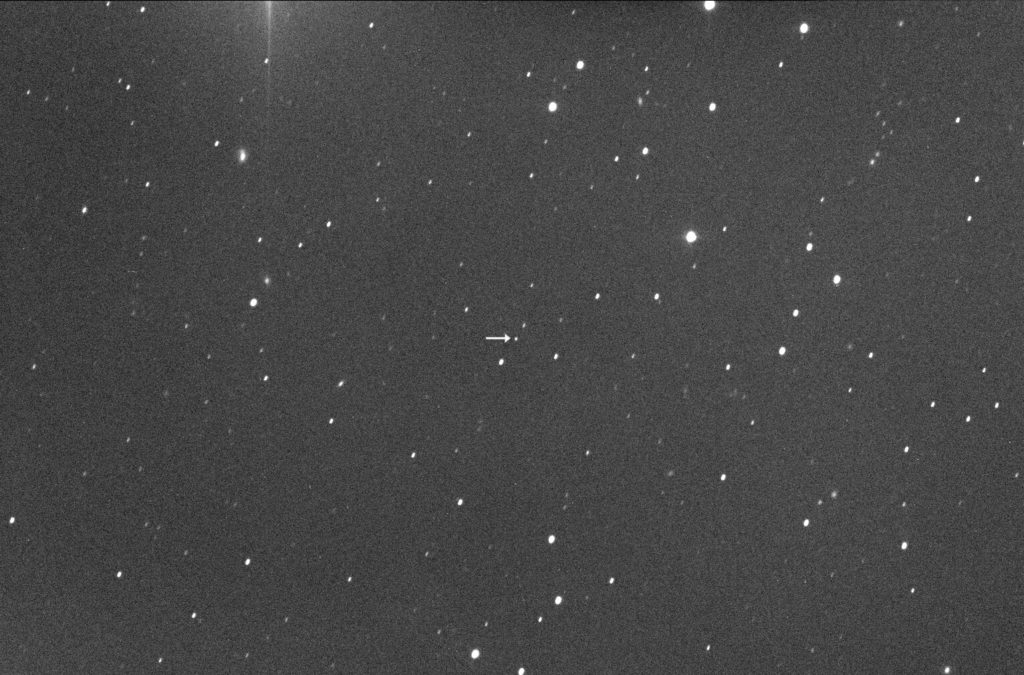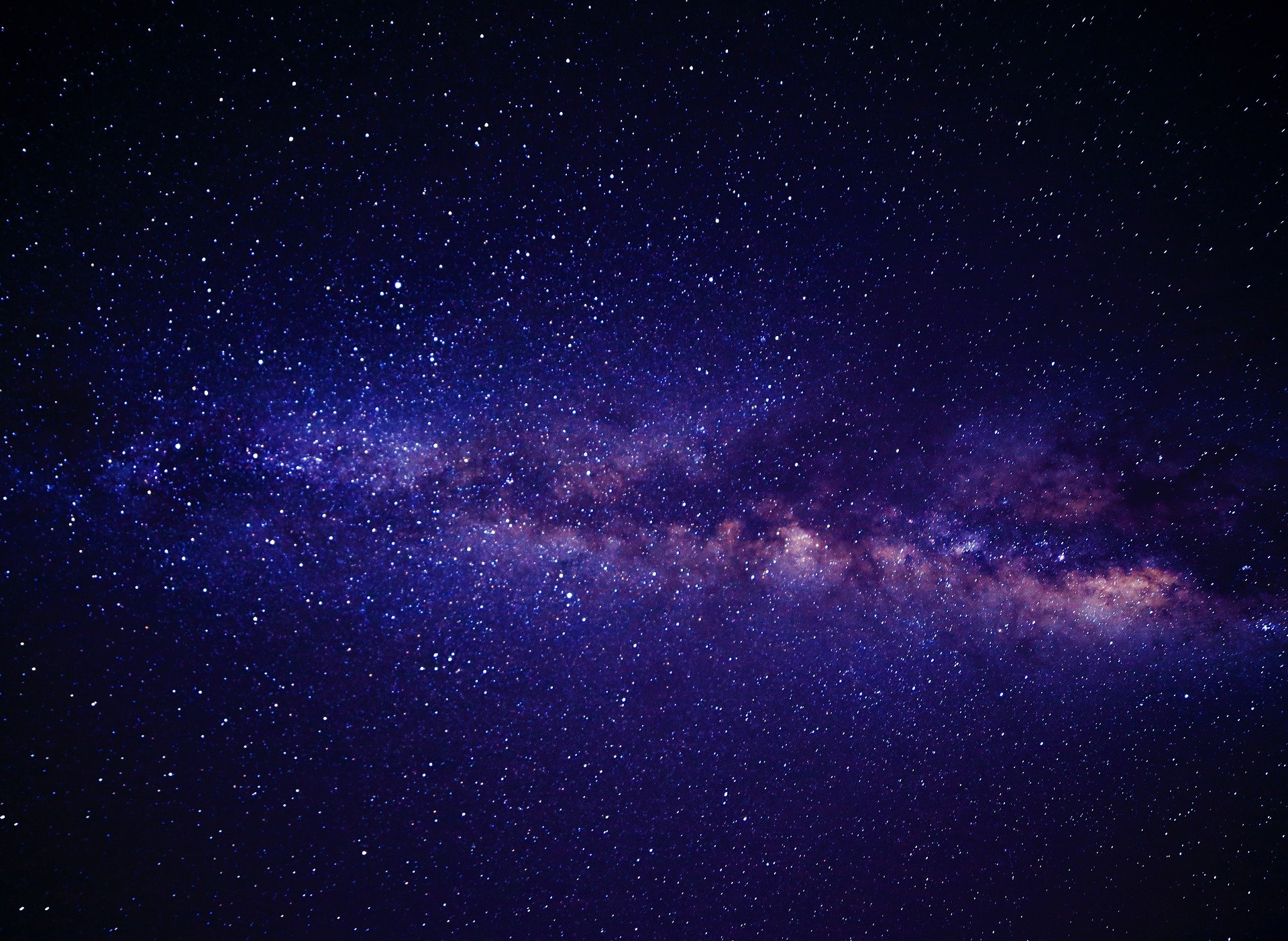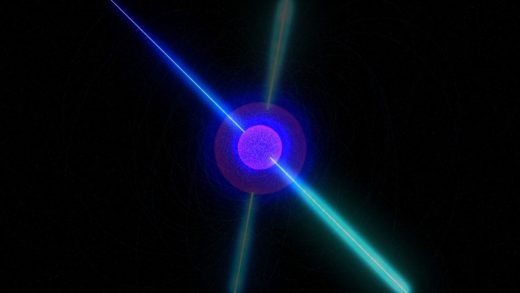Potentially hazardous asteroid headed towards Earth: JPL

A potentially hazardous asteroid has headed towards the Earth. According to the Jet Propulsion Laboratory (JPL) that tracks objects in the outer sky, it has spotted an asteroid, named 138971 (2001 CB21), nearly 1.3 kilometers in size, heading towards Earth. The asteroid is said to be potentially hazardous, and the object will make its close approach to Earth on 4 March, coming as close to Earth as 49,11,298 kilometers.
The Near-Earth Object is on its way to the Sun, completing its orbit in just under 400 days. At its closest approach to the Earth, the object will be traveling at a whopping speed of 43,236 kilometers per hour. The last time in 2006, it came this close to the Earth. At that time, the asteroid swooped past from a distance of 71,61,250 kilometers.

As mentioned by the agency, the hazardous asteroid, which has already headed to the Earth, will come close to Earth on 4 March, 2022. And the asteroid’s next such close approach is scheduled in March 2043 when it arrives at just 48,15,555 kilometers from Earth. The Centre for Near-Earth Object Studies (CNEOS) under the JPL has released the orbital forecast and also the orbit of the asteroid for its 4 March rendezvous with the planet.
Astronomer Gianluca Masi at the Virtual Telescope Project in Italy managed to capture the object floating in the vacuum of space, hurtling towards us. Masi captured the asteroid when it was nearly 35 million kilometers away from Earth, using a land-based telescope. And JPL has released the orbit of the celestial object.
The Lincoln Near-Earth Asteroid Research (LINEAR) program, which has been responsible for more than 24 percent of the discoveries of all known potentially hazardous asteroids, has spotted the 138971 (2001 CB21). The program has reported more than 14 million observations of asteroids and comets and has found 6,001 new objects, including 142 previously undiscovered NEOs, four potentially hazardous objects, and eight new comets.
What exactly are asteroids?
Asteroids are considered to be rocky fragments left over from the formation of the solar system nearly 4.6 billion years ago. As mentioned by JPL, which tracks asteroid movement, an asteroid is classified as a near-Earth object when its distance from our planet is less than 1.3 times the Earth-Sun distance, which is approximately 93 million miles.
Last year, NASA detected the 1000th Near-Earth Asteroid (NEA), reaching another milestone after its radars picked up 2021 PJ1. The radar detection of these fast-moving objects had begun in 1968. The detection helps astronomers understand the Near-Earth Objects orbits by providing data that can extend calculations of future motion by decades to centuries. It also helps predict whether an asteroid is going to hit Earth, or if it’ll only pass close by the planet.


